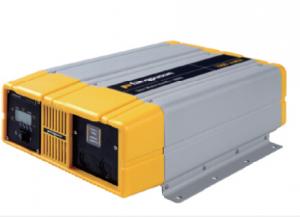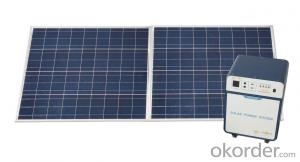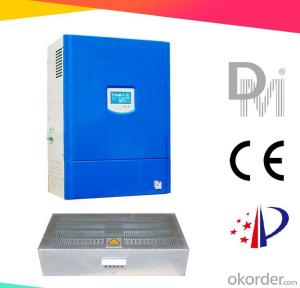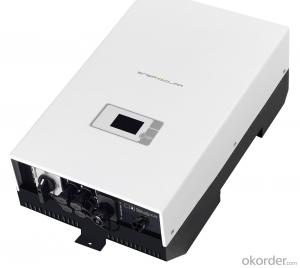Waaree Solar Off Grid Inverter
Waaree Solar Off Grid Inverter Related Searches
Led Light Bulbs For Ceiling Fixtures Led Lamps For Ceiling 42 In Ceiling Fan With Light Parts For Light Fixtures Light Projector For Christmas Grill With Led Light Bar Hanging Lights For Kitchen Bar Ceiling Lights For Sitting Room Ceiling Brackets For Lights Ceiling With Led LightsHot Searches
Aluminium Wire Mesh Manufacturers India Ceiling Fan Lowest Price Aluminium Scaffold Planks Sale Aluminium Walkway Mesh Prices Aluminum Bar Stock For Sale High Mast Light Price List Solar High Mast Light Specification High Mast Light Specification 6061 Aluminum Bar Stock Price Aluminum Bar Stock Price Stage Light Price Solar Inverter Fault Light Led Light Manufacturers Aluminum Round Bar Stock Sizes Aluminum Round Bar Stock Near Me Ceiling Fan Lowest Price Aluminum Flat Bar Stock Near Me Aluminum Bar Stock Sizes Aluminum Bar Stock Suppliers Aluminum Bar Stock Near MeWaaree Solar Off Grid Inverter Supplier & Manufacturer from China
Okorder.com is a professional Waaree Solar Off Grid Inverter supplier & manufacturer, offers integrated one-stop services including real-time quoting and online cargo tracking. We are funded by CNBM Group, a Fortune 500 enterprise and the largest Waaree Solar Off Grid Inverter firm in China.Hot Products
FAQ
- Yes, a solar inverter can be used with different types of grounding systems. Solar inverters are designed to be compatible with various grounding configurations, including both grounded and ungrounded systems. However, it is important to ensure that the specific inverter model is compatible with the desired grounding system to ensure safe and optimal operation.
- Yes, solar inverters are designed to withstand a wide range of weather conditions, including extreme heat, cold, humidity, and even harsh environmental factors. They are built to be durable and reliable, ensuring their functionality and performance in various climates and weather conditions.
- Yes, there can be safety concerns with solar inverters. Some potential safety issues include electrical shocks, fire hazards, and improper installation leading to system malfunctions. However, these risks can be minimized through proper installation, regular maintenance, and using high-quality inverters that meet safety standards.
- The size of a solar inverter is determined by several factors, including the total capacity of the solar panels, the maximum power output of the panels, the desired efficiency of the system, and the specific requirements of the electrical grid or the building where the inverter will be installed.
- The role of ground fault protection in a solar inverter is to safeguard against electrical faults that occur when an unintended ground connection is made in the system. It detects any leakage of current to the ground and quickly disconnects the circuit to prevent the risk of electric shock or damage to the equipment. Ground fault protection ensures the safety and reliability of the solar inverter, as well as the overall solar power system.
- A solar inverter handles voltage fluctuations from the grid by constantly monitoring the voltage and adjusting its output accordingly. When the grid voltage increases or decreases, the inverter's control system regulates its own output voltage to match the changes, ensuring a stable and consistent supply of electricity is fed into the grid. This helps to maintain grid stability and protect the connected devices from potential damage caused by voltage fluctuations.
- The role of a voltage regulation feature in a solar inverter is to ensure that the output voltage remains stable and within a specified range, regardless of fluctuations in the input voltage from the solar panels. This feature helps to protect the connected appliances and devices from damage due to overvoltage or undervoltage, and also optimizes the efficiency and performance of the solar inverter system.
- The role of a power optimizer in a solar inverter is to maximize the energy output of each individual solar panel by constantly monitoring and optimizing its performance. It ensures that each panel operates at its maximum power point, regardless of shading, dirt, or other factors that may affect the overall system performance. By individually optimizing each panel, a power optimizer can significantly increase the overall energy production of a solar system.














































